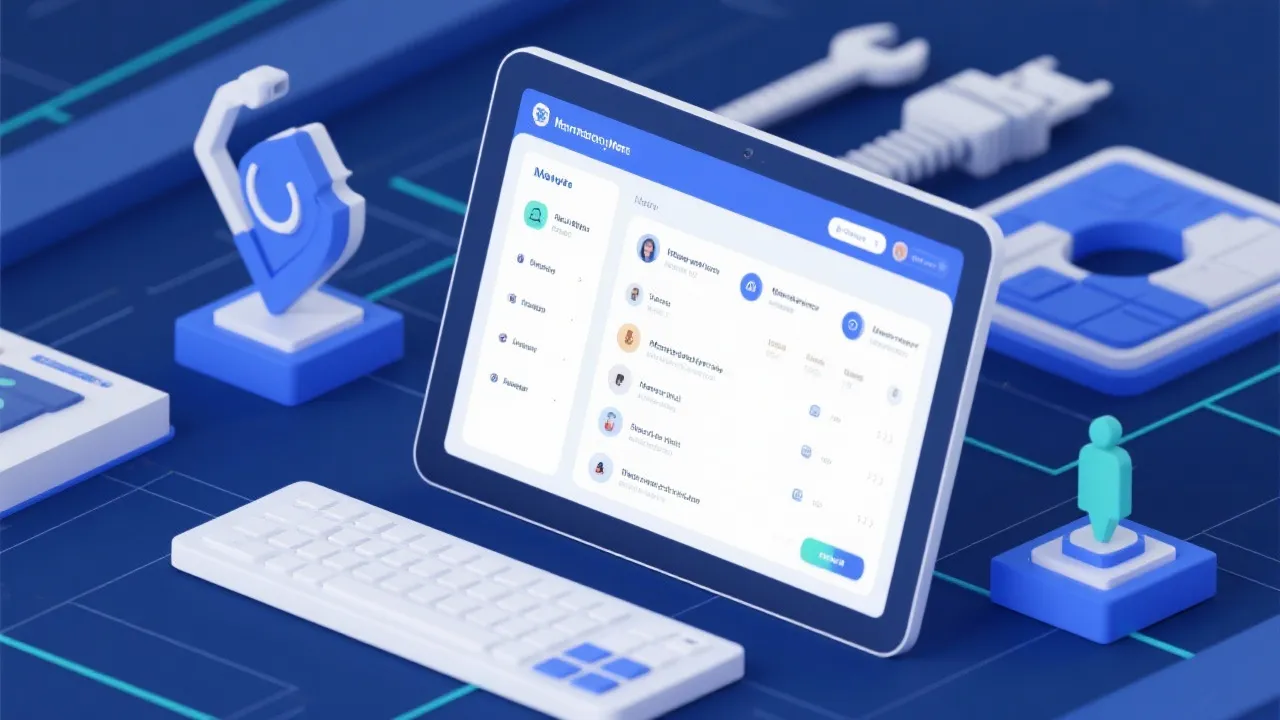This article delves into the critical role of Maintenance Management Software in streamlining operations across various industries. Maintenance Management Software helps organizations efficiently manage maintenance tasks, schedule repairs, and track equipment performance. Its applications are vast, offering features that enhance productivity and reduce downtime, thus proving indispensable in today's digital landscape.

As industries evolve, the need for efficient operational tools becomes paramount. Maintenance Management Software (MMS) has emerged as a vital tool in the enhanced management of maintenance activities. This type of software is designed to automate and improve maintenance tasks across different sectors, providing features such as scheduling repairs, tracking equipment performance, and managing inventories. With the complexity of modern machinery and the increasing standards of operational performance, organizations are realizing the necessity of having robust systems in place to manage their assets efficiently.
The implementation of Maintenance Management Software can lead to significant improvements in operational efficiency. By automating routine maintenance tasks, organizations can minimize downtime, which is crucial in industries relying heavily on machinery and equipment. Additionally, Maintenance Management Software offers real-time data collection and analysis, enabling better decision-making processes and helping in the anticipation of potential failures before they escalate. This proactive stance not only enhances reliability but also extends the lifespan of assets, ultimately leading to reduced operational costs.
In traditional setups, maintenance activities often suffer from reactive management practices, leading to abrupt machinery failures and costly repairs. By adopting MMS, companies can transform their maintenance operations from largely reactive to primarily proactive, allowing them to systematically manage risks and adhere to compliance standards more effectively. The financial ramifications can be substantial, as preventing minor issues from escalating can save companies a significant sum in both repairs and lost production time.
Another important factor to consider is the integration of compliance measures within the operational framework made possible by maintenance management systems. Many industries have stringent regulations regarding equipment safety and environmental standards. Maintenance Management Software includes factors such as maintenance logs that ensure legal compliance and operational safety, reducing the risk of accidents and penalties.
Every Maintenance Management Software comes equipped with several critical features. Understanding these features can help organizations maximize their investment and tailor their software to meet their unique needs. The following are some of the most commonly referenced attributes and their advantages:
| Software | Key Features | User Rating |
|---|---|---|
| Software A | Advanced Scheduling, Real-Time Monitoring, Custom Alerts | 4.5/5 |
| Software B | Asset Tracking, Cloud-Based Access, Mobile Compatibility | 4.7/5 |
| Software C | Comprehensive Reporting, User-Friendly Interface, Integration with ERP Systems | 4.6/5 |
| Software D | Interactive Dashboard, Predictive Maintenance Features, Custom User Roles | 4.4/5 |
| Software E | Mobile Access, Work Order Automation, Multi-Location Management | 4.8/5 |
Implementing Maintenance Management Software involves several key steps that need to be thought out carefully to ensure successful adoption:
To achieve maximum benefits from your Maintenance Management Software, adhering to some best practices is advisable. These can include:
While the benefits of Maintenance Management Software are extensive, the journey to implementing it can be fraught with challenges. A few of these challenges include:
In conclusion, Maintenance Management Software is a pivotal tool in modern industry, enabling improved asset management, reduced downtime, and enhanced overall productivity. By transitioning to a maintenance management system that is tailored to the unique needs of an organization, businesses can significantly improve their operational efficiency and strategic decision-making. The success of such implementations hinges not only on selecting software that aligns with business goals and workflows but also on fostering a commitment to ongoing training and adapting processes to assure alignment with the abounding technological advancements. Ultimately, the right MMS can be a powerful ally in navigating the increasingly competitive landscape of the modern business environment.
As the adoption of Maintenance Management Software continues to rise, it becomes increasingly important to evaluate the various solutions available and select one that matches the nuanced requirements of your organization. The ultimate goal is not just to employ technology but to leverage it effectively to create a more responsive and agile maintenance operation. Whether you are just starting your journey into maintenance management software or are looking to enhance your existing setup, the insights gained through research, planning, and execution will pave the way towards greater operational consistency and reliability.
Explore the Tranquil Bliss of Idyllic Rural Retreats

Ultimate Countdown: The 20 Very Legendary Gaming Consoles Ever!

Affordable Full Mouth Dental Implants Near You

Discovering Springdale Estates

Embark on Effortless Adventures: Unveiling the Top in Adventures Made Easy Outdoor Equipment

Unlock the Full Potential of Your RAM 1500: Master the Art of Efficient Towing!

Dodge Ram: Redefining the Future of Full-Size Trucks with Unmatched Power and Innovation

Get New Phones Without Plans Easily

Smart Strategies to Slash Costs on Your Roof Replacement Endeavor
